The Power of Color Theory: An Essential Guide for Designers and Creatives
Introduction
Color is more than just a visual phenomenon; it is a powerful tool that shapes our emotions, influences our perceptions, and impacts our daily choices. Color theory provides a structured understanding of how colors interact, affect mood, and can be used to create harmony or contrast. This post delves into the fundamentals of color theory and its essential role in art, design, and branding.
What Are Colors and How Do They Work?
Colors emerge from the way light interacts with objects and how our eyes and brain interpret these interactions. Sir Isaac Newton pioneered color theory in the 17th century with his invention of the color wheel, which organizes colors based on their relationships and is still a foundational tool for artists and designers.
Key Elements of Color Theory
-
Color Models: Color models like RGB (used in digital screens), CMYK (used in printing), and HSL/HSV are essential frameworks for understanding how colors combine and appear in different media.
-
Color Properties: Each color has three main properties:
- Hue: The base color (e.g., red, blue, green).
- Saturation: The intensity or purity of the color.
- Luminance: The lightness or darkness of the color.

3. Color Mixing:
-
- Additive Mixing: Combining colored light (e.g., RGB) to create new colors.
- Subtractive Mixing: Combining pigments (e.g., CMY) to create a broader color range, often used in painting and printing.
Color Psychology: The Emotional Impact of Color
Different colors evoke unique psychological responses:
- Red: Associated with energy and urgency.
- Blue: Represents calm and trust.
- Yellow: Symbolizes optimism and warmth.
- Green: Evokes nature and growth. Understanding color psychology helps designers communicate a brand’s personality and influence audience perception.
Using the Color Wheel for Harmony
The color wheel helps create balanced color schemes that are visually appealing:
- Complementary: Colors opposite on the wheel that create high contrast.
- Analogous: Colors adjacent on the wheel that create a serene design.
- Monochromatic: Variations of a single hue for a cohesive look.
- Triadic: Three evenly spaced colors on the wheel for a vibrant, balanced scheme.
Color Temperature and Its Effects
Color temperature is categorized as warm, cool, or neutral. Warm colors (reds, oranges) create an inviting atmosphere, while cool colors (blues, greens) add a calm and refreshing feel.
Color Palettes in Design
A color palette is a cohesive selection of colors used to establish a mood or brand identity. Tools like Adobe Color and Canva’s Palette Generator help designers create consistent and impactful color schemes for various projects.
Conclusion
Color theory is an indispensable tool for designers, creatives, and anyone looking to communicate visually. By understanding the science and psychology of color, you can make informed choices that enhance emotional impact, capture attention, and ensure visual harmony in your work.
You Might Also Like
The Essentials of Design: Key Principles for...
Unlocking the Power of Color: A Guide to Color...
Stay Tuned
Stay up to date with our latest courses.













.png?width=130&height=53&name=image%2027%20(1).png)
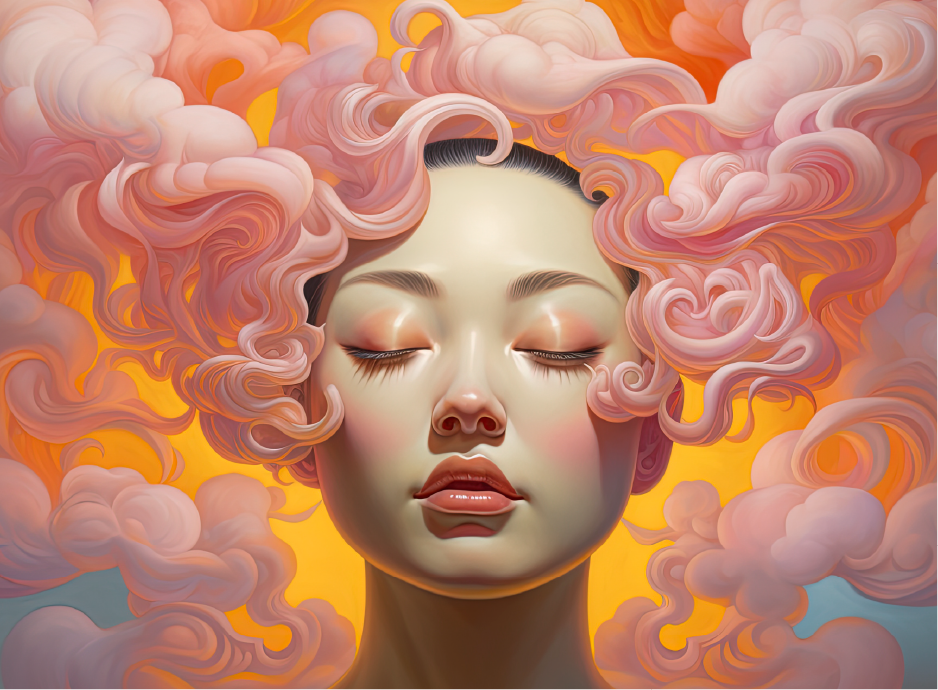
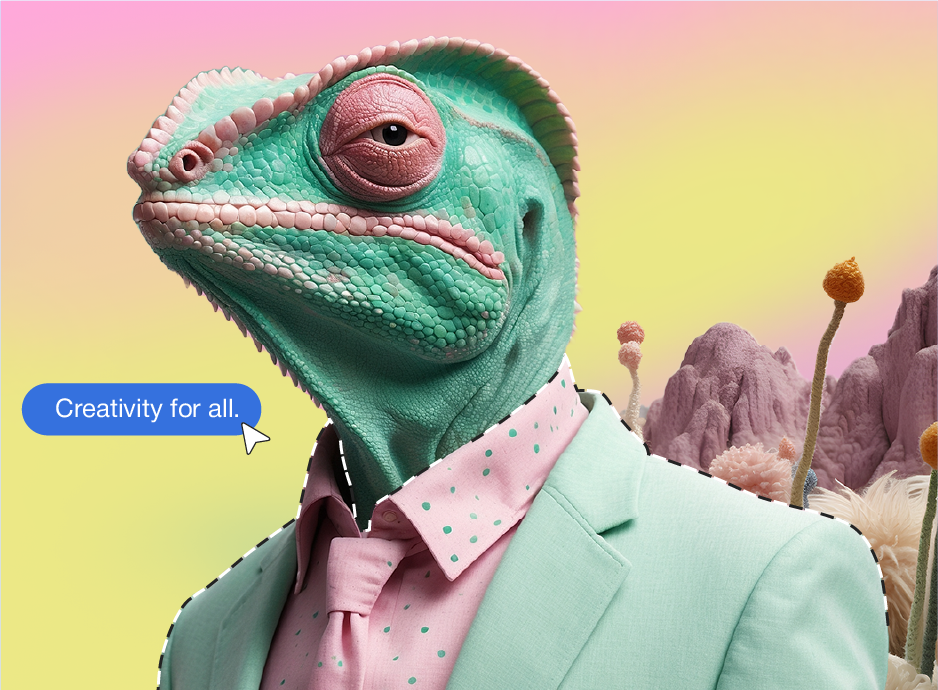



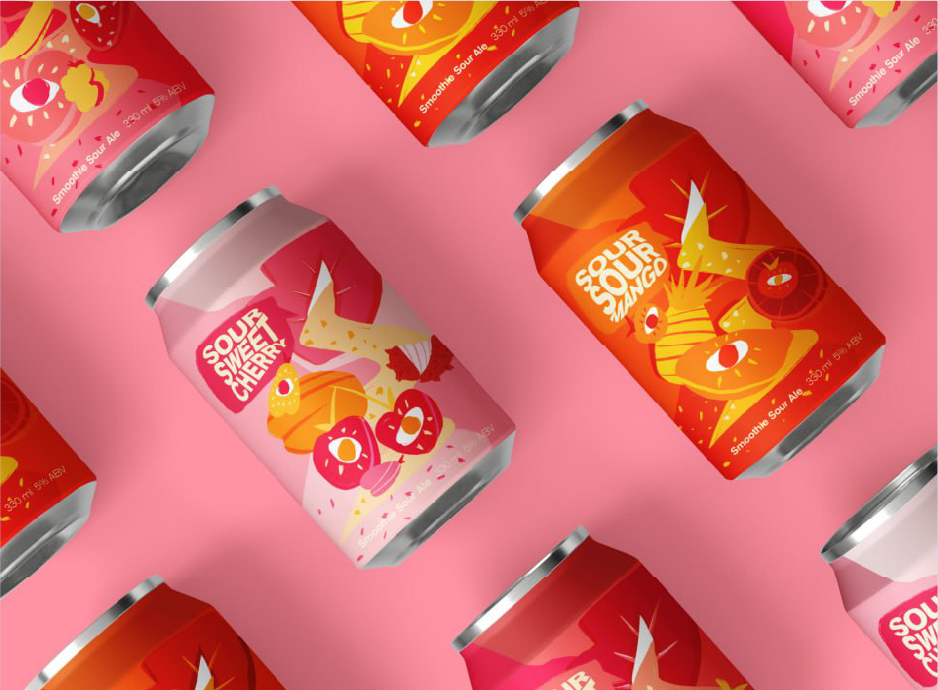
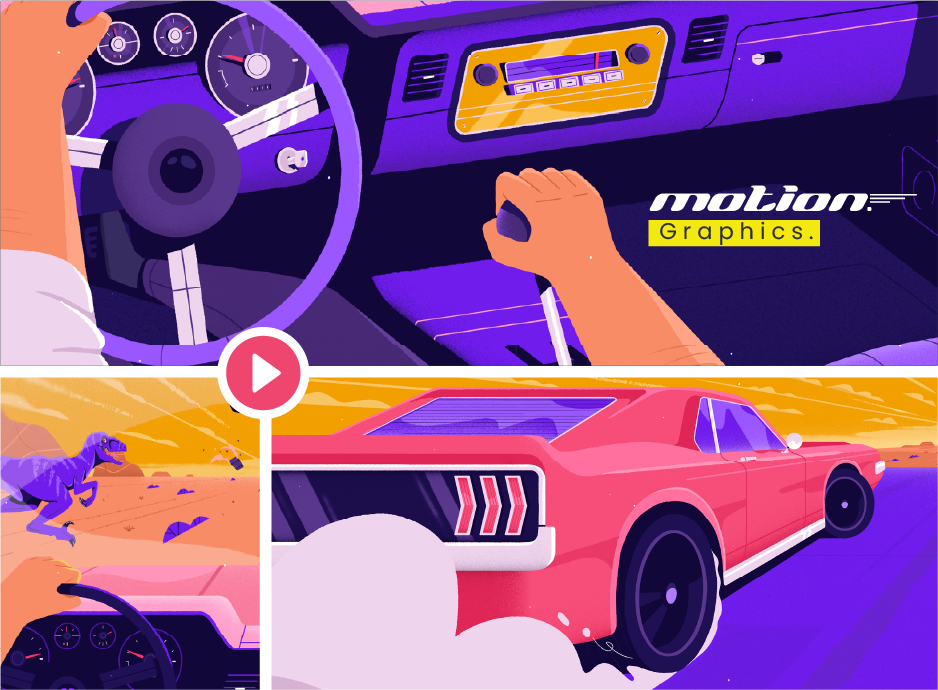


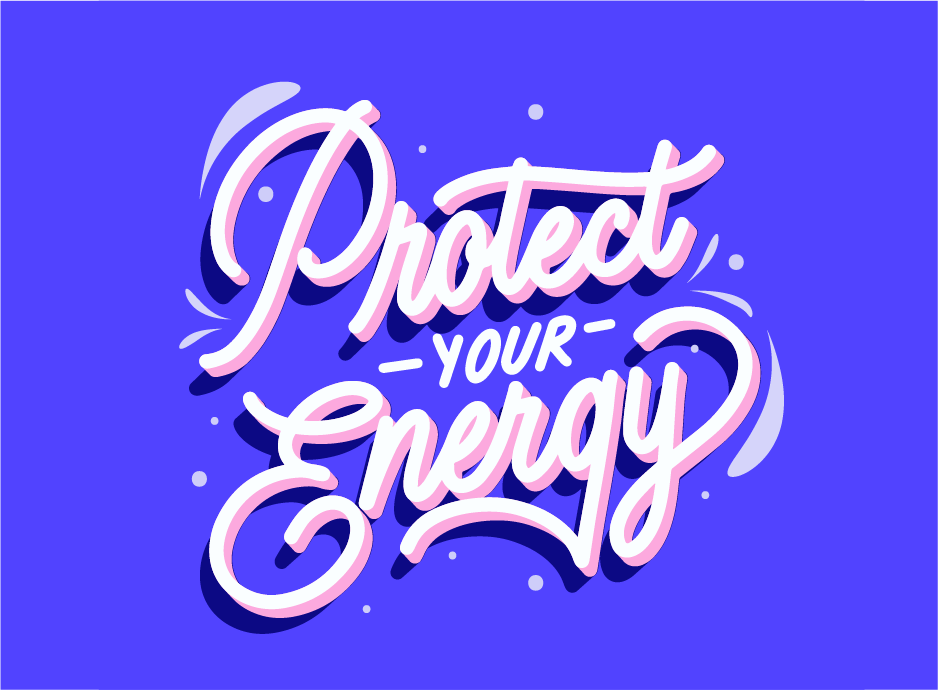
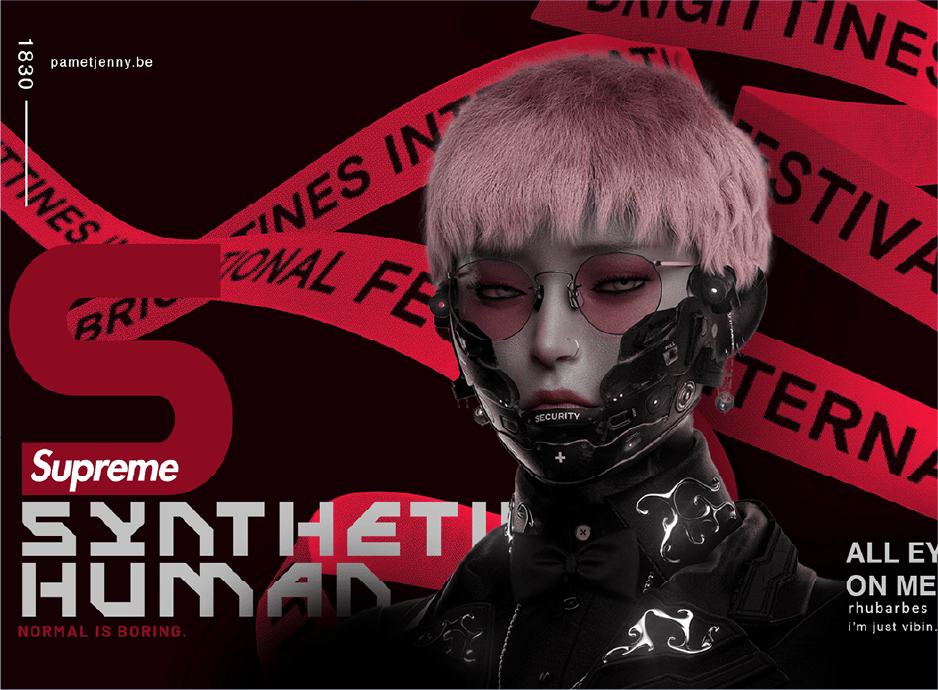



.jpg)
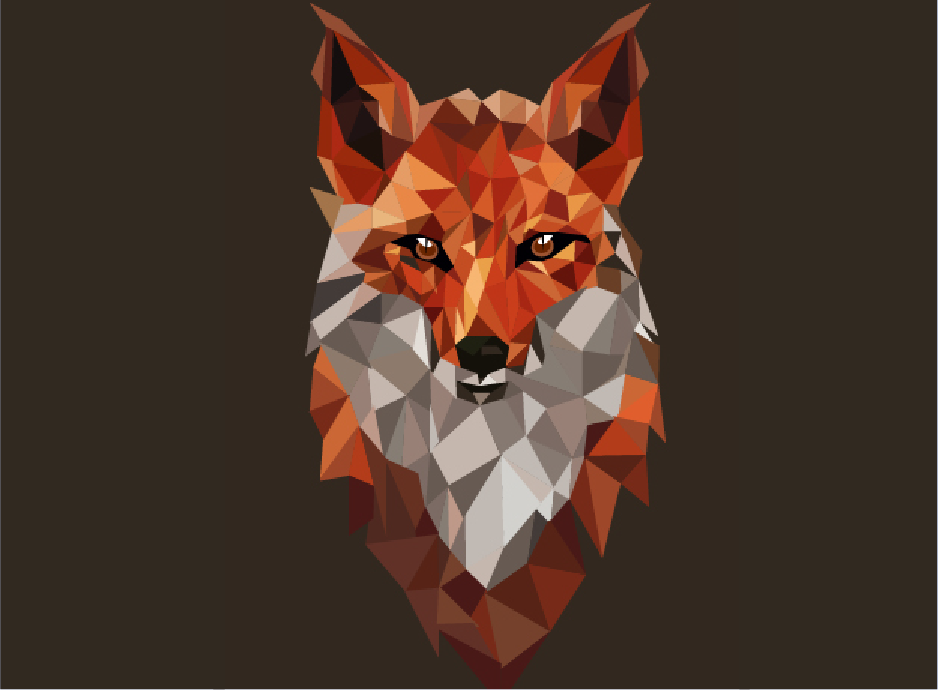
BOOK A FREE CONSULTATION